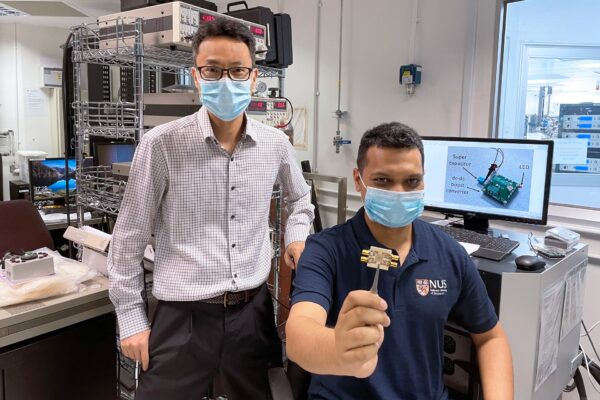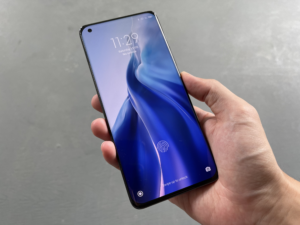
Researchers at the National University of Singapore (NUS) say they have found a way to turn the Wi-Fi signals common in homes and offices into a source of electricity that can power anything from smart sensors to wireless charging pads.
The breakthrough, announced today, relies on tiny smart devices known as spin-torque oscillators (STOs) that can harvest and convert the excess wireless signals in the 2.4GHz frequency band to into energy.
In their study, the researchers successfully harvested energy from wireless signals to power a light-emitting diode (LED) wirelessly, and without using any batteries.
The effort is a collaboration between NUS and a team of researchers from the Tohoku University in Japan, the Singapore university said today. The results were published in Nature Communications today.
The innovative work looks to solve the problem with many of today’s spin-torque oscillators, which are only able to output low power and have a broad linewidth. Some solutions today require additional power sources, which defeats the purpose of these devices.
To overcome this, the research team connected up an array of eight oscillators in series. Radio waves in the 2.4GHz band were then converted into a direct voltage signal, which was transmitted to a capacitor to light up a 1.6-volte LED.
Charging the capacity for just five seconds, the team managed to keep the LED light on for an entire minute, even with the wireless energy source switched off.
“We are surrounded by Wi-Fi signals, but when we are not using them to access the Internet, they are inactive, and this is a huge waste,” said Professor Yang Hyunsoo from the NUS Department of Electrical and Computer Engineering, who spearheaded the project.
“Our latest result is a step towards turning readily available 2.4GHz radio waves into a green source of energy, hence reducing the need for batteries to power electronics that we use regularly,” he noted.
“In this way, small electric gadgets and sensors can be powered wirelessly by using radio frequency waves as part of the Internet of Things,” he added.
To boost the amount of energy they can harvest from the wireless signals, the researchers will seek to increase the number of oscillators in the array they have designed. They also plan to test their energy harvesters for wirelessly charging other electronic devices and sensors.
The next big step, they say, is to partner with industry partners to explore the development of on-chip STOs for self-sustained smart systems. These can be used for wireless charging and wireless signal detection systems, they add.
Prof Yang told Techgoondu over e-mail that the technology can be used for battery-free smart remote sensors for building automation and monitoring in future.
“With the availability of low power processors for electronic gadgets, the wireless harvesting technology could potentially be useful for radio-frequency identification (RFID) and charging of wearable electronics gadgets and medical sensors,” he noted.
UPDATE at 19/05/2021 at 5:30pm: The story has been updated with additional quotes from Professor Yang Hyunsoo.






